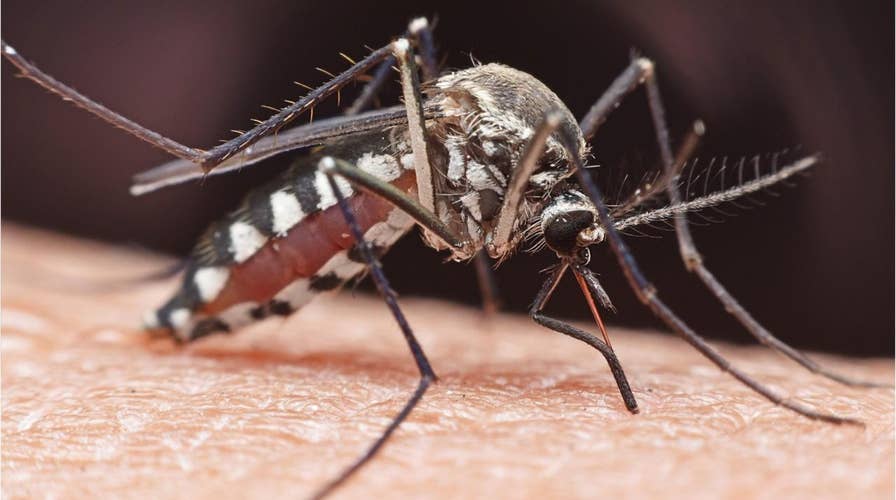How to keep mosquitoes away this summer
Hot and humid weather brings out those pesky mosquitoes. Here are a few simple tips to live a mosquito-free summer.
A second Massachusetts resident has been diagnosed with the potentially deadly Eastern Equine Encephalitis (EEE) virus, state health officials announced late last week.
A man between the ages of 19-30 was confirmed to have EEE, a mosquito-borne ailment, the Massachusetts Department of Public Health said. The man was not identified. Laboratory testing confirmed his diagnosis.
The eastern Worcester County resident’s case marks the second instance of a human being infected in the state this year; the first was confirmed last week in a southern Plymouth County man who is over 60 years old.
Following the second case, 10 nearby communities are now considered to be at “critical” risk for EEE, say health officials. Those include Hopkinton in Middlesex County, Grafton, Northbridge, Shrewsbury, Southborough, Upton, Westborough in Worcester County, Easton, Norton, and Raynham.
“In addition, Framingham and Marlborough in Middlesex County, and Millbury, Northborough, and Sutton in Worcester County are considered at high risk,” according to health officials.
In Massachusetts, the state’s DPH and the Massachusetts Department of Agricultural Resources (MDAR) “conducted aerial spraying in specific areas of Bristol and Plymouth counties to reduce the mosquito population and public health risk,” health officials said. “Aerial spraying began August 8 and was completed the night of August 11. A second round is being planned for later next week.”
EEE, according to the Centers for Disease Control and Prevention (CDC), is a rare disease that’s spread by infected mosquitoes. EEEV “is one of a group of mosquito-transmitted viruses that can cause inflammation of the brain (encephalitis),” the federal health agency says.
"Antibiotics are not effective against viruses, and no effective antiviral drugs have been discovered. Severe illnesses are treated by supportive therapy, which may include hospitalization, respiratory support, IV fluids, and prevention of other infections."
EEE is more common in Atlantic and Gulf Coast states, though the CDC said some cases have been reported in the Great Lakes area. It’s rare; only 5 to 10 cases are reported each year in the U.S.
Symptoms of EEE typically appear four to 10 days after a person is bitten by an infected mosquito. Severe cases of the virus “begin with the sudden onset of headache, high fever, chills and vomiting,” per the CDC, which noted, “the illness may then progress into disorientation, seizures and coma.”
One-third of those infected with EEEV die, while survivors typically have “mild to severe brain damage.”
POTENTIALLY FATAL MOSQUITO-BORNE EEE VIRUS DETECTED IN DELAWARE: STATE OFFICIALS
There’s no specific treatment for the infection, either.
“Antibiotics are not effective against viruses, and no effective antiviral drugs have been discovered. Severe illnesses are treated by supportive therapy, which may include hospitalization, respiratory support, IV fluids and prevention of other infections,” the CDC says.
The best way to prevent EEEV and other mosquito-borne ailments is by draining standing water — like in birdbaths, buckets or on pool covers — as stagnant water can serve as a breeding ground for these insects. Other preventive measures include wearing long-sleeved pants and shirts while outside and properly using insect repellent containing DEET.

